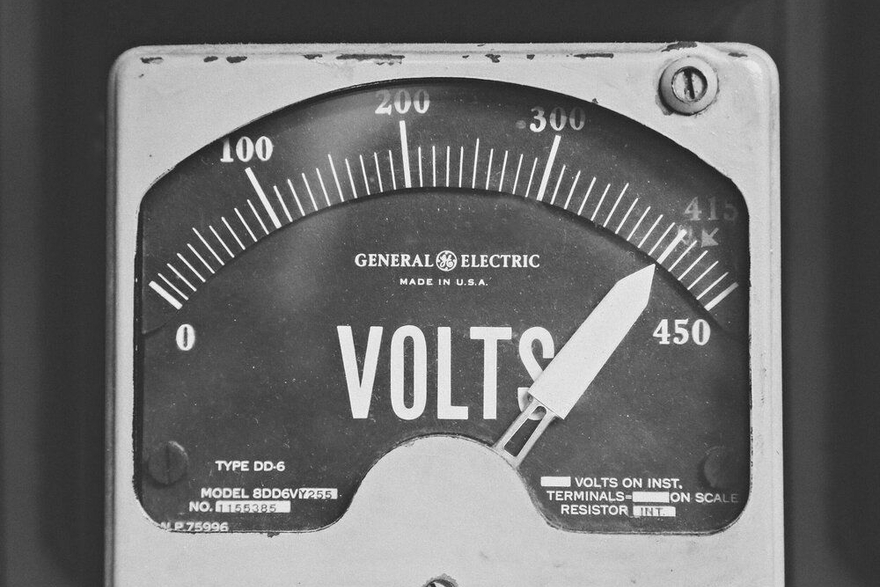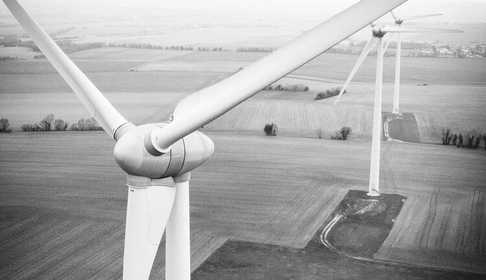
Week Five Summary - COVID & NZ Energy sector
At midnight on the 27th of April, NZ moved from Level 4 to Level 3 after a period of just over four weeks in complete lockdown. During the lockdown, we saw the electricity demand drop between 10 & 18% (depending on the day), and the shape of the curve change as we all started working from home.
So, what has changed this week now we are in Level 3?
COVID-19 Alert Levels
Firstly, lets recap on what these levels mean. Below is a screencap of the restrictions that are in place at the different alert levels. Under level 4 all non essential workers had to work from home, with construction, large C&I, retail and cafes all closing their doors.
Level 4 ran from the 25th of March to the 27th of April - with the key observations being captured in our earlier blogs.

Electricity Demand
Leading up to the lockdown, demand was relatively steady across the preceding weeks - with the decision to move to Level 4 happening over a short 48 hour window.
With lockdown commencing on the 25th of March, it was noted that electricity demand across the country continued to drop week on week, with our work force moving to remote working and large C&I plants completing their shutdown cycles.
The result of this was roughly a 10% drop in demand over the weekends and an 18% drop during the weekdays as illustrated by Figure 1 & 2.


As NZ entered into Level 3 earlier this week, cafes reopened, construction workers returned to site and a number of retail and C&I customers started to come back online in a reduce capacity. The result has been roughly a 10% increase in demand across the weekdays.
Whilst some of this increase can be attributed to lower temperatures across the country, there is still a significant shift in demand compared to preceding weeks as shown in Figure 3.
Notably, the morning ramp rates have become steeper, highlighting more people returning to work and commercial loads coming back online and the higher evening peaks being indicative of increased heating loads as temperatures drop across the country.



Pricing
Wholesale price trends

Forward price curves


Construction Projects
Under Level-3, construction projects will resume. Two examples are:
Large C&I Customers
Under Level 3 restrictions we will see the following large commercial and industrial plants come back online:
Coming online:
Paper mills - Paper mills have begun their start up procedures. We should see these come online in the coming weeks.
Steel mill - NZ Steel is starting to come back online, slowly warming their equipment to avoid damaging it. We would expect this to take several weeks for them to come online and it will likely be at a reduce capacity.
Remained online:
Aluminium Smelter - the Tiwai point aluminium smelter remained online during level-4. They have shut down potline number 4 (50 MW), which we do not expect to come back online in the mid to long term.
Methanol producers - continued to operate throughout.
Process heat - much of our process heat load is related to creation of milk powder. This continued throughout the lockdown
Supermarkets/ hospitals/ service stations - are all continuing to operate.
NZ’s consumption breakdown


Sources
Thanks to http://www.energynews.co.nz/ for keeping us all updated.
Graphs sourced from https://www.emi.ea.govt.nz/
Daily energy reports from https://www.electricityinfo.co.nz/





